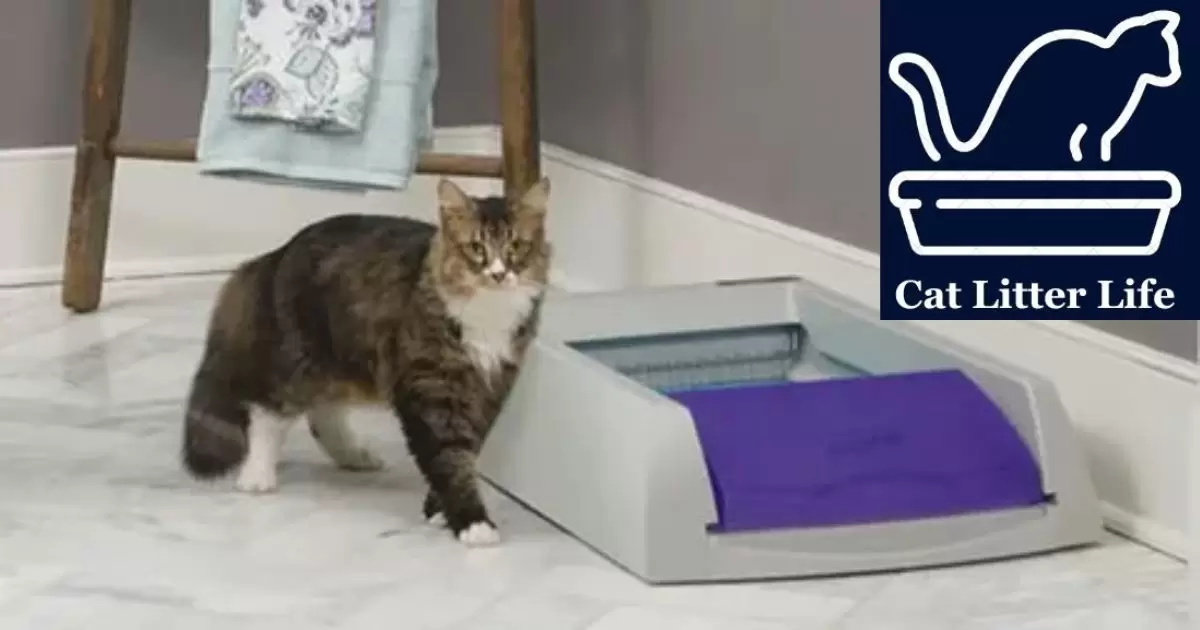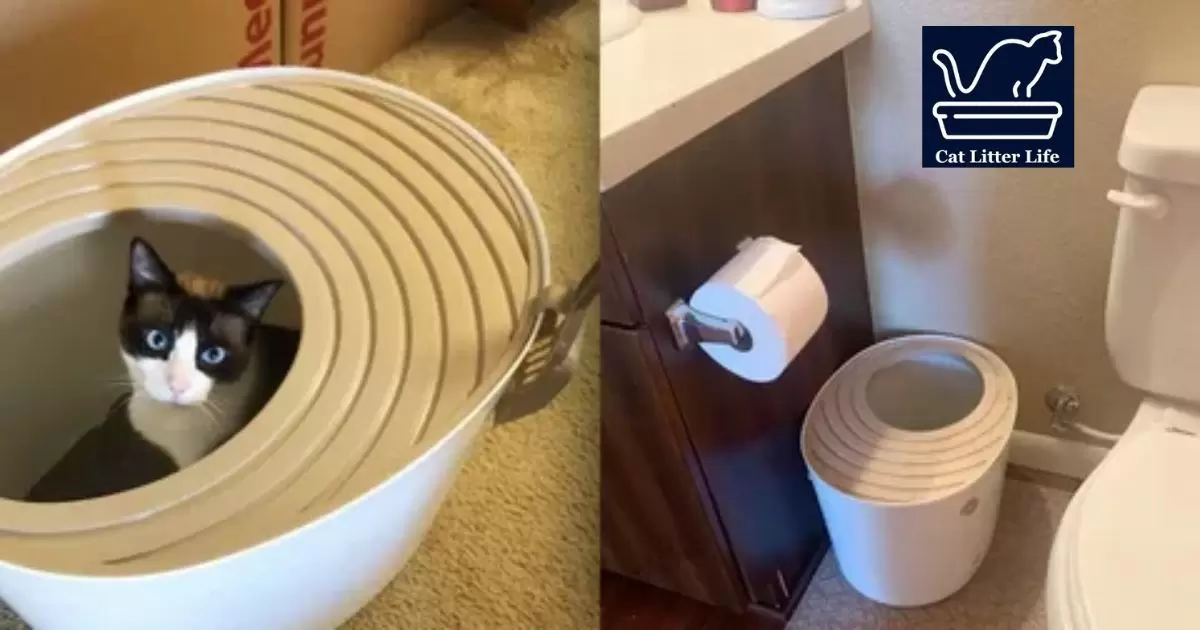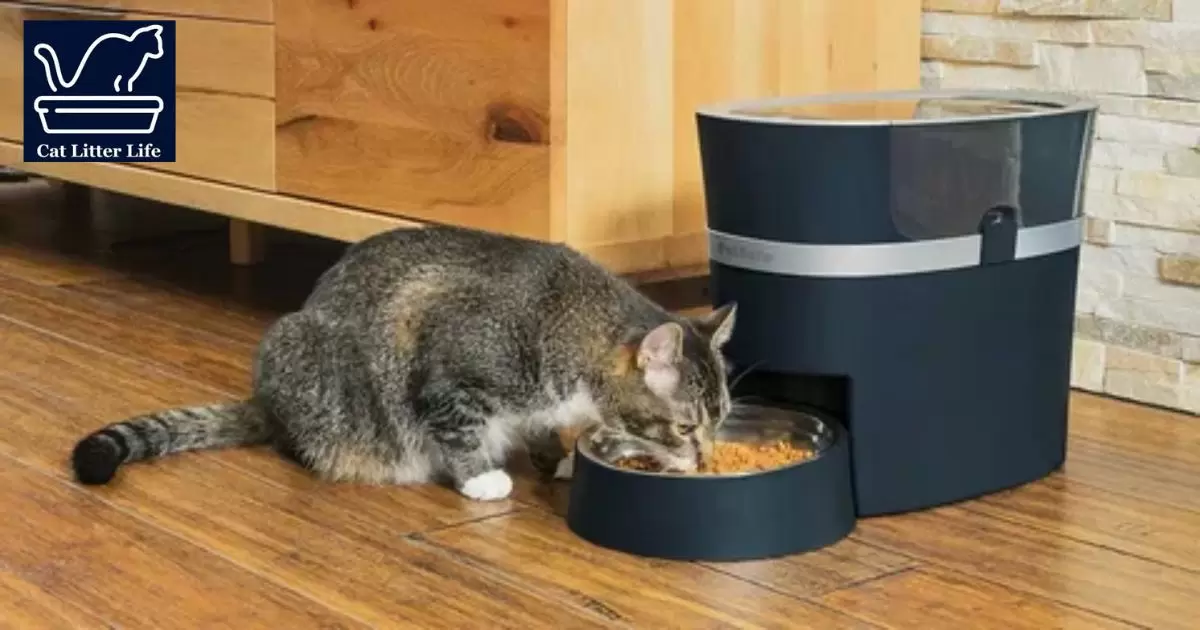Cat litter boxes need liners to keep them clean. Liners are disposable plastic or fabric inserts placed inside the litter box. They catch and contain the cat’s waste and litter. These liners make cleaning the box easier and more hygienic. They help prevent odors and stains.
Do cat litter boxes need liners? This is a common question among cat owners. Liners offer convenience and hygiene benefits. However, some cats dislike the feel or sound of liners. Liners can also be an additional expense and create more waste.
Whether to use liners is a personal choice. Some factors to consider are the type of litter, frequency of cleaning, and your cat’s preferences. Liners can simplify litter box maintenance but may not be suitable for all situations or cats.
Understanding Cat Litter Box Liners
Cat litter box liners are disposable plastic or fabric inserts placed inside the litter box. Their primary purpose is to catch and contain the cat’s waste and litter, making cleaning the box easier and more hygienic. Liners help prevent odors and stains from seeping into the litter box itself, which can be challenging to clean thoroughly.
By using a liner, you can simply remove and dispose of the entire contents, including the soiled litter, without having to scrape or scoop the box. This can be especially convenient for those with multiple cats or in households where the litter box needs frequent cleaning.
Benefits of Using Litter Box Liners
Ease of cleaning: Liners make the litter box cleaning process much simpler and less messy.
Odor control: By containing waste and moisture, liners help minimize odors from the litter box.
Stain prevention: Liners act as a barrier between the litter and the box, preventing stains and scratches.
Hygiene: Liners provide an extra layer of protection, keeping the litter box itself cleaner.
Potential Drawbacks of Litter Box Liners
Cost: Purchasing liners regularly can add to the overall expense of owning a cat.
Environmental impact: Disposable liners contribute to waste and may not be eco-friendly.
Cat aversion: Some cats dislike the feel, sound, or smell of liners and may refuse to use the litter box.
Litter tracking: Liners can sometimes cause more litter to be kicked out of the box, leading to increased tracking.
Choosing the Right Litter Box Liners
If you decide to use liners, it’s important to choose the right type to ensure your cat’s comfort and satisfaction. Here are some factors to consider:
Material: Liners are available in plastic, paper, or fabric materials. Choose a type that your cat is comfortable with and that fits your litter box properly.
Size: Liners should fit snugly inside the litter box without any gaps or bunching.
Scent: Some liners have added fragrances, which can be off-putting to cats with sensitive noses.
Thickness: Thicker liners are more durable and less likely to tear or leak.
Alternative Solutions to Litter Box Liners
If you prefer not to use liners, there are alternative solutions to consider:
Regular scooping: Frequent scooping and cleaning of the litter box can help minimize odors and maintain cleanliness.
Litter box furniture: Enclosed litter box furniture or top-entry boxes can contain litter and odors more effectively.
Litter additives: Certain litter additives or baking soda can help absorb odors and moisture.
Litter box mats: Placing a washable mat or rug around the litter box can catch any litter that gets kicked out.
Tips for Using Litter Box Liners Effectively
If you choose to use liners, here are some tips to make the most of them:
Change liners regularly: Replace the liner and clean the box thoroughly at least once a week, or more often if you have multiple cats or the litter box is heavily used.
Pay attention to your cat’s behavior: If your cat shows signs of aversion or stops using the litter box with a liner, consider removing it.
Cut the liner to fit: Trim the liner to fit the litter box precisely, leaving no excess material hanging over the edges.
Double-up liners: Use two liners, one inside the other, for extra protection against leaks or tears.
Table: Pros and Cons of Using Litter Box Liners
| Pros | Cons |
| Easy cleaning | Additional cost |
| Odor control | Environmental impact |
| Stain prevention | Potential cat aversion |
| Improved hygiene | Litter tracking |
Making the Right Choice for Your Cat
The decision to use litter box liners depends on your circumstances and your cat’s preferences. If you have a high-traffic litter box, multiple cats, or prioritize convenience and odor control, liners may be a good option. However, if your cat shows signs of discomfort or aversion, or if you prefer a more eco-friendly approach, it may be better to explore alternative solutions like using a Cat Litter Smell Better formula or more frequent litter changes.
Every cat is unique, and what works for one may not work for another. By observing your cat’s behavior and trying different methods, you’ll be able to find the best solution for keeping your feline friend’s litter box clean, fresh, and comfortable.
FAQ’s:
Are litter box inserts mandatory for feline hygiene?
No, litter box liners are optional and depend on personal preference.
How frequently should disposable litter pan liners be replaced?
It’s recommended to change liners at least once a week or more often if heavily used.
Can litter box lining materials impact a cat’s bathroom habits?
Yes, some cats may dislike the texture, sound, or smell of certain liner materials.
Do litter box inserts effectively prevent odor and mess?
Yes, liners can help contain odors and make cleaning the litter box easier.
Are eco-friendly or reusable litter box liner options available?
Yes, there are biodegradable and washable liner alternatives to disposable plastic options.
Conclusion:
The decision to use liners in your cat’s litter box ultimately comes down to personal preference and your feline friend’s needs. While liners offer convenience and can help with odor control and easy cleaning, they may not be suitable for every cat or household. Some cats dislike the feel or sound of liners, while others have no issue with them.
If you choose to use liners, be sure to select the right type and change them regularly. Pay attention to your cat’s behavior, as this will guide you in determining whether liners are the best option. There are also alternatives, such as frequent scooping or litter box furniture, that can achieve similar goals without the use of liners. The key is finding a solution that works for both you and your cat when it comes to, Do Cat Litter Boxes Need Liners?










